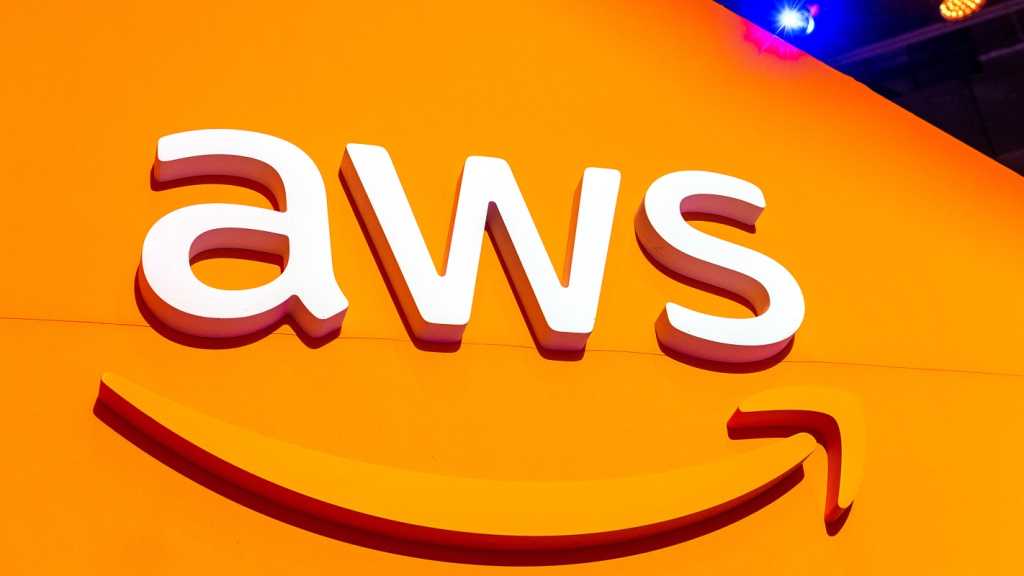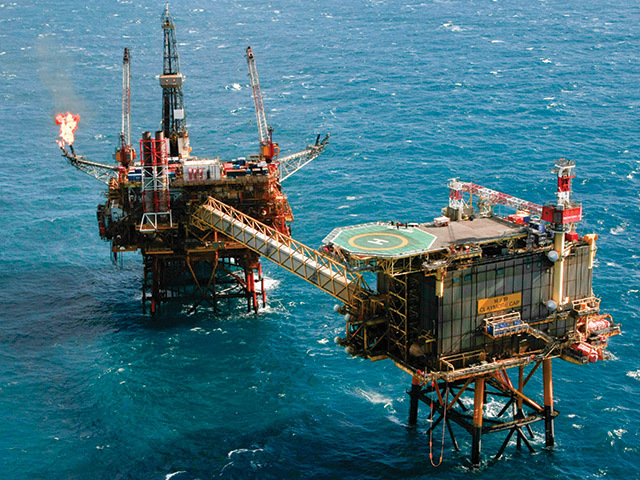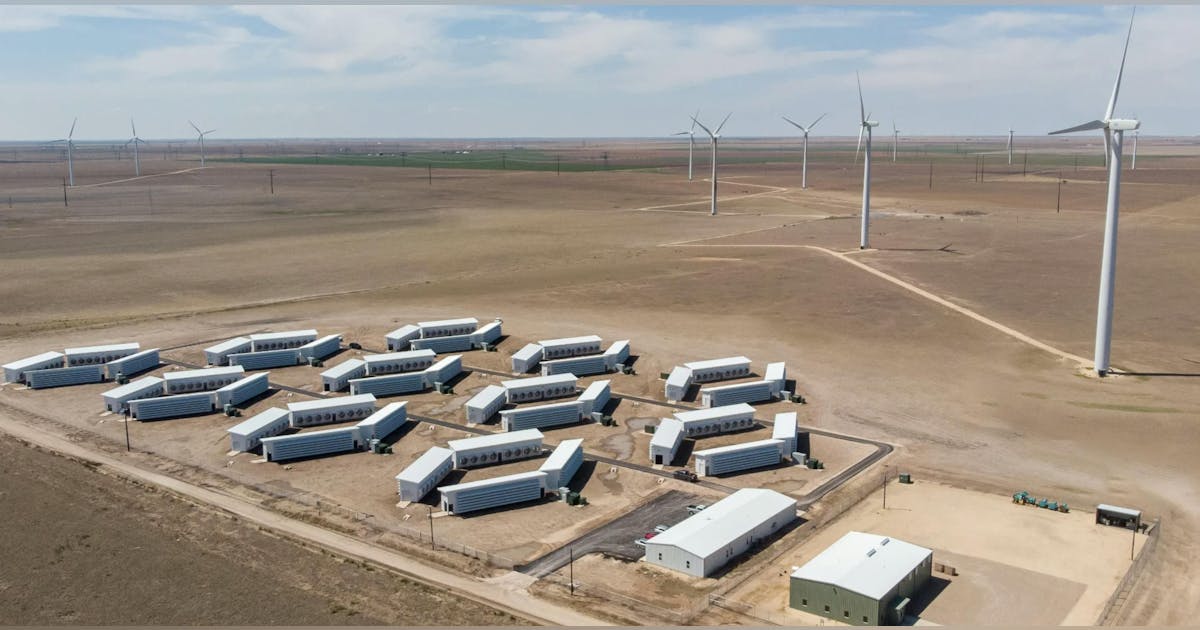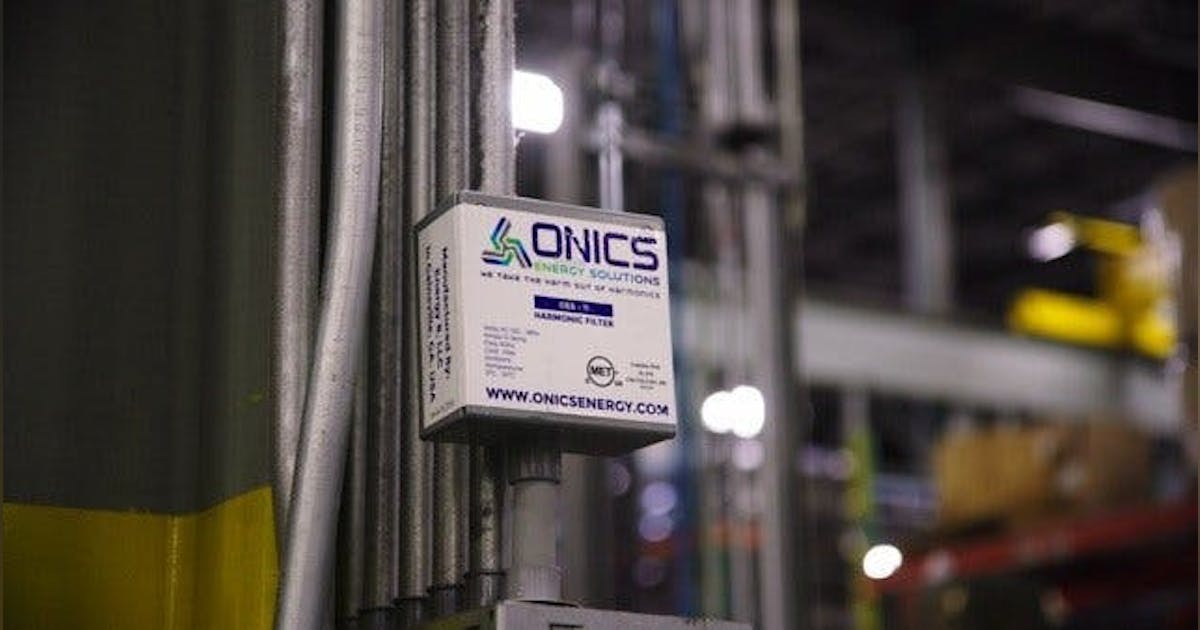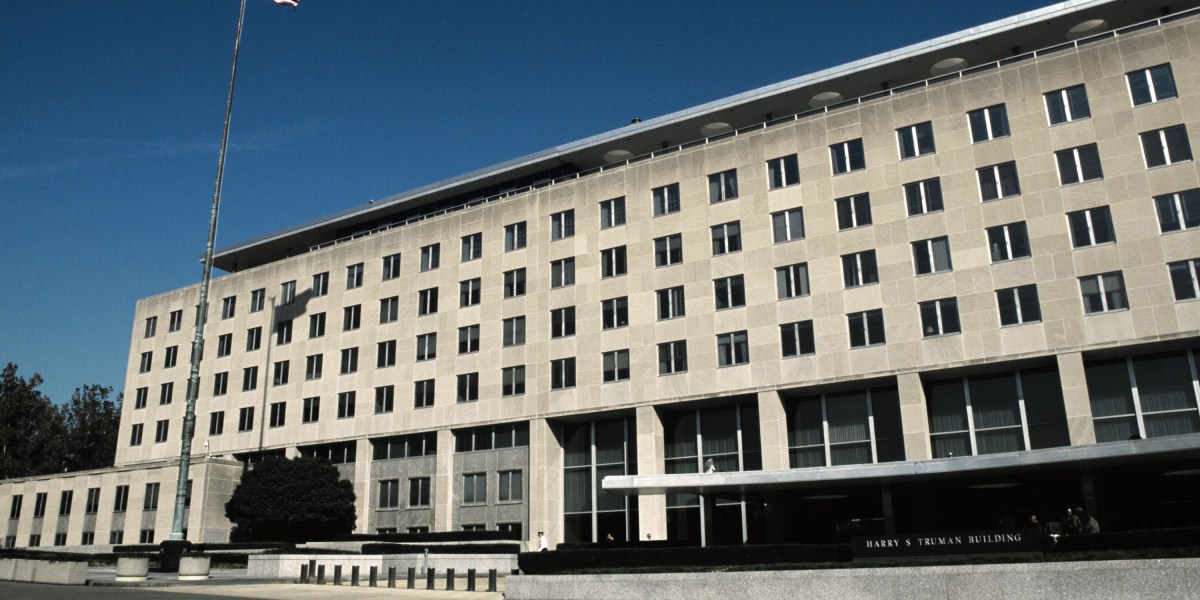
A key US Senate ally of President Donald Trump said he has the commitment of 72 colleagues for a bill that would enact “bone-crushing” new sanctions on Russia and tariffs on countries that buy its oil, gas and other key products if Vladimir Putin doesn’t engage in serious negotiations to end the war in Ukraine.
“The goal is to help the president,” Lindsey Graham, a South Carolina Republican, told reporters Wednesday, on the same day that the US and Ukraine announced an agreement over access to the latter country’s natural resources. The deal offered a measure of assurance to officials in Kyiv who had feared that Trump might pull back his support of peace talks with Moscow.
The punishments would include a 500% tariff on imports from countries that buy Russian oil, petroleum products, natural gas or uranium, according to a draft of the bill seen by Bloomberg News. Other sanctions would also prohibit US citizens from buying Russian sovereign debt, according to the draft.
“He talked about being frustrated,” Graham said. “I want a negotiated end to the war, honorably and just. I think Trump’s the best person to achieve that goal, but these sanctions represent the Senate’s view that we see the primary bad guy being Russia.”
Graham added that Russian leader Putin, “would be making a huge mistake to try to play Trump, so this bill is a tool in President Trump’s toolbox,” he said.
“When President Trump believes that we’ve reached an impasse, then watch for action.”
Graham said he has enough support in the House to bring the sanctions bill to the floor there as well.
He predicted that Putin would eventually have to choose between sitting down with Trump to end the war or have the Russian economy be “crushed.”
The White House did not immediately respond to a request for comment on Wednesday night.
WHAT DO YOU THINK?
Generated by readers, the comments included herein do not reflect the views and opinions of Rigzone. All comments are subject to editorial review. Off-topic, inappropriate or insulting comments will be removed.
MORE FROM THIS AUTHOR
Bloomberg




